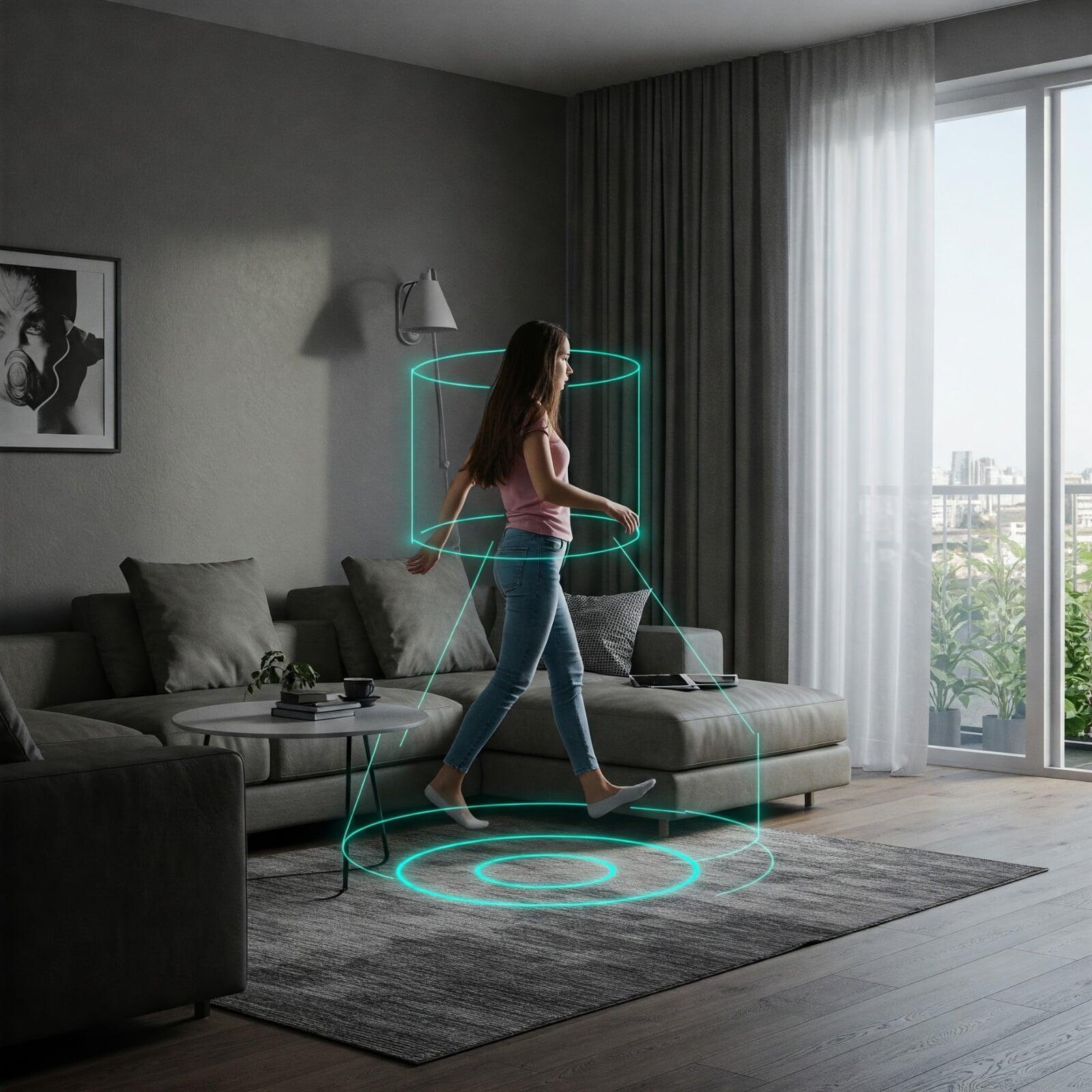Key Industrial Work
Clinical Note Summarization using Agents
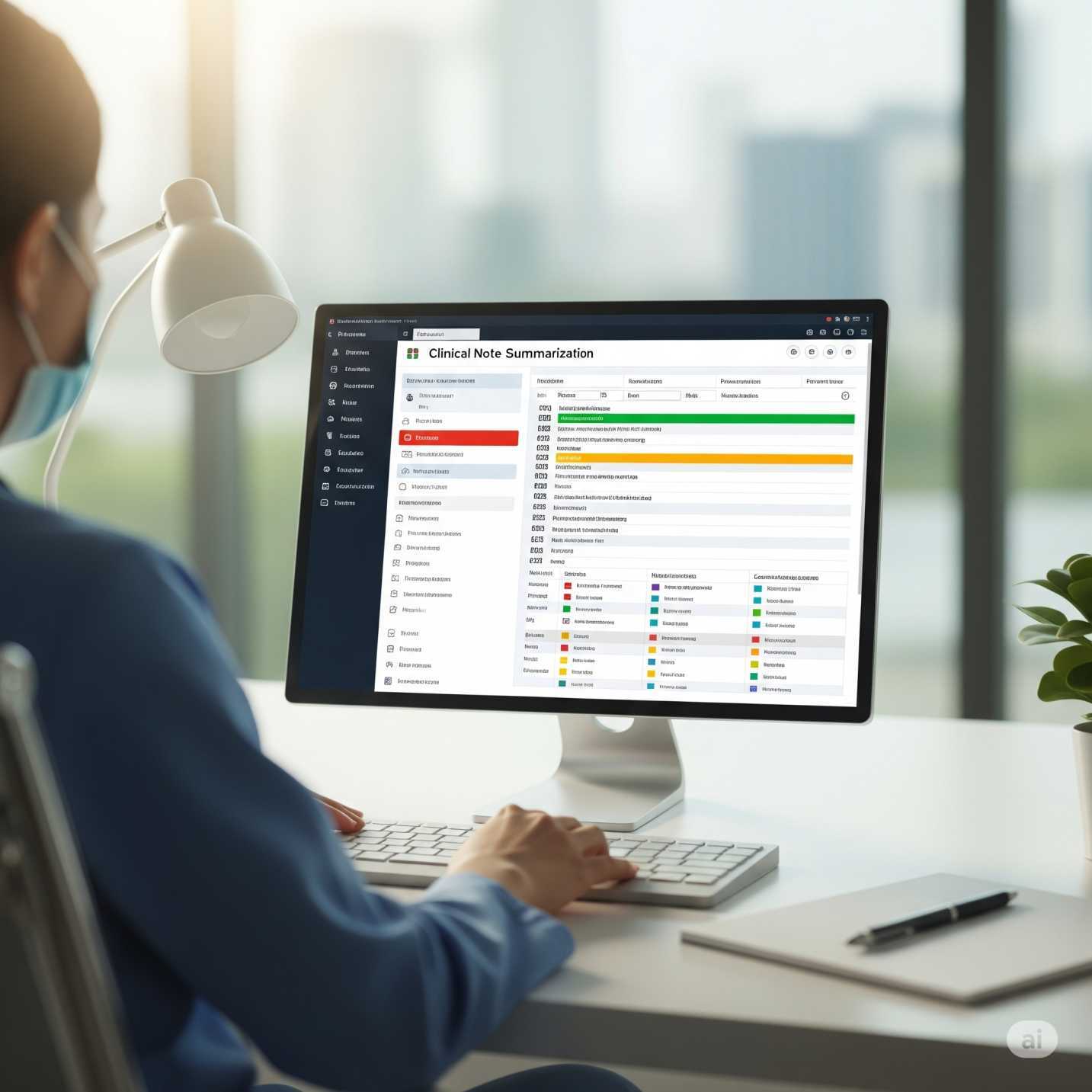
This project proposes the development of an innovative system leveraging agentic AI to automatically and accurately summarize clinical notes. The goal is to distil lengthy, unstructured textual information from electronic health records (EHRs) into concise, actionable summaries. This will significantly reduce the cognitive load on healthcare professionals, improve information retrieval, and enhance decision-making by providing critical patient data at a glance. The agentic AI paradigm will allow for adaptive learning, reasoning, and autonomous interaction with the clinical context, leading to more intelligent and context-aware summaries than traditional NLP approaches.
Agentic AI as a paradigm where autonomous "agents" can perceive their environment (surgical video, patient data), reason about goals (current phase, next steps), plan actions (e.g., focus attention on specific instruments, identify potential complications), and execute those plans.
This allows for:
1. Contextual Understanding: Moving beyond pixel-level analysis to grasp the surgical narrative.
2. Adaptability: Adjusting to unexpected events or variations in surgical technique.
3. Proactive Assistance: Anticipating needs or potential issues before they become critical.
4. Goal-Oriented Behavior: Focusing on specific objectives within the surgical workflow.
5. Collaboration: Potential for future integration with human surgeons or other AI agents.
Surgical Phase Recognition using Agentic Pipeline
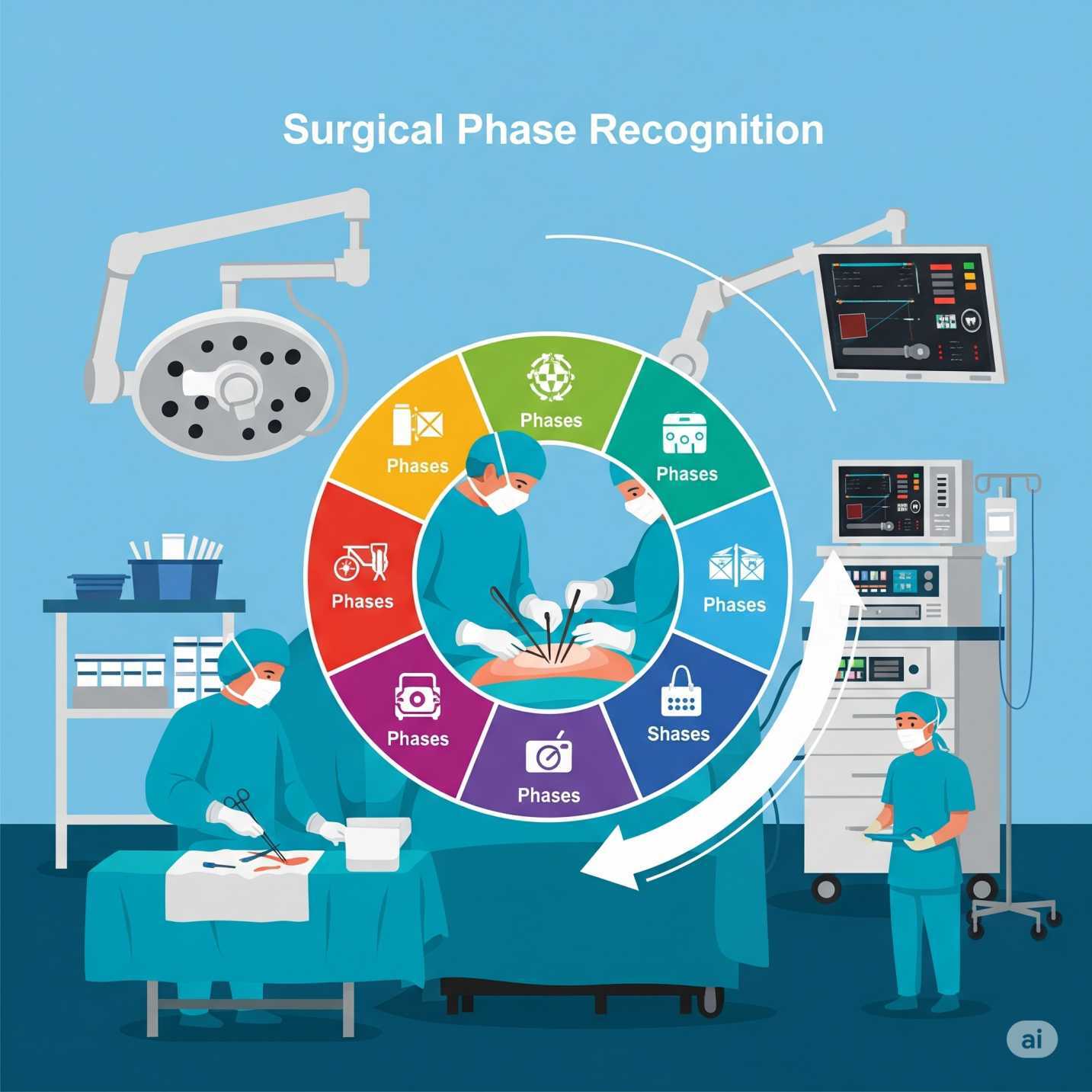
Automation of Financial Consolidation and decision point highlighting
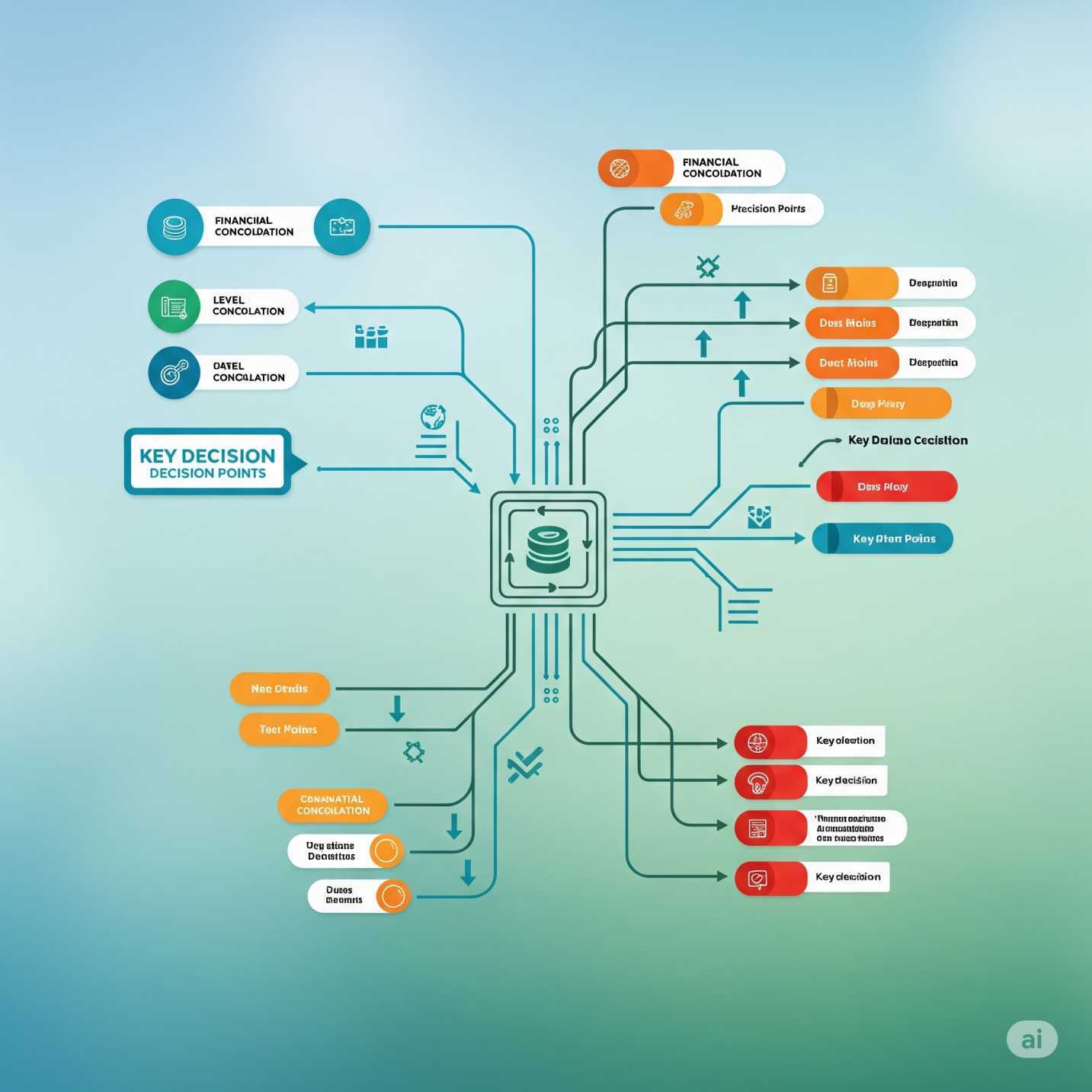
A global bank faces critical decision points embedded within a vast array of unstructured documents, including contracts and email conversations. To address this, we've developed an Agentic AI pipeline that proactively delivers vital insights. This system provides accounts and reporting offices with real-time suggestions, comprehensive summaries, and detailed information on critical financial data, such as forex and interest rates, precisely when needed during record processing or issue resolution. This ensures faster, more informed decision-making.
And Many More...
Research Area
And Other ...
Our Research Vision
At Ahead of Curve AI, we envision a world where artificial intelligence powers innovation across industries & societies. Our research is focused on pushing the frontiers of Generative AI, Agentic AI, Machine Learning, and LLM technologies—transforming theoretical advancements into real-world, scalable solutions.—transforming theoretical advancements into real-world, scalable solutions.—transforming theoretical advancements into real-world, scalable solutions.—transforming theoretical advancements into real-world, scalable solutions.
We aim to:
Lead breakthrough research in Generative AI, LLM fine-tuning, Agentic architectures, and domain-specific AI systems.
Accelerate AI adoption across industries like Healthcare, Finance, Supply Chain, Real Estate, and Education.
Generate high-impact IPs, patents, and global publications, contributing meaningfully to the world’s deep-tech ecosystem.
Bridge academia and enterprise, ensuring that cutting-edge discoveries fuel real-world business transformation and societal progress.
Build a sustainable, global network of AI innovators, connecting researchers, enterprises, and learners into a single powerful ecosystem.
Our mission is simple yet ambitious: to be the catalyst for the next wave of intelligent technologies that shape a better, smarter world.
Our Key Patents & Research
Real Time Vehicle Detection for Rear and Forward Collision Warning Systems
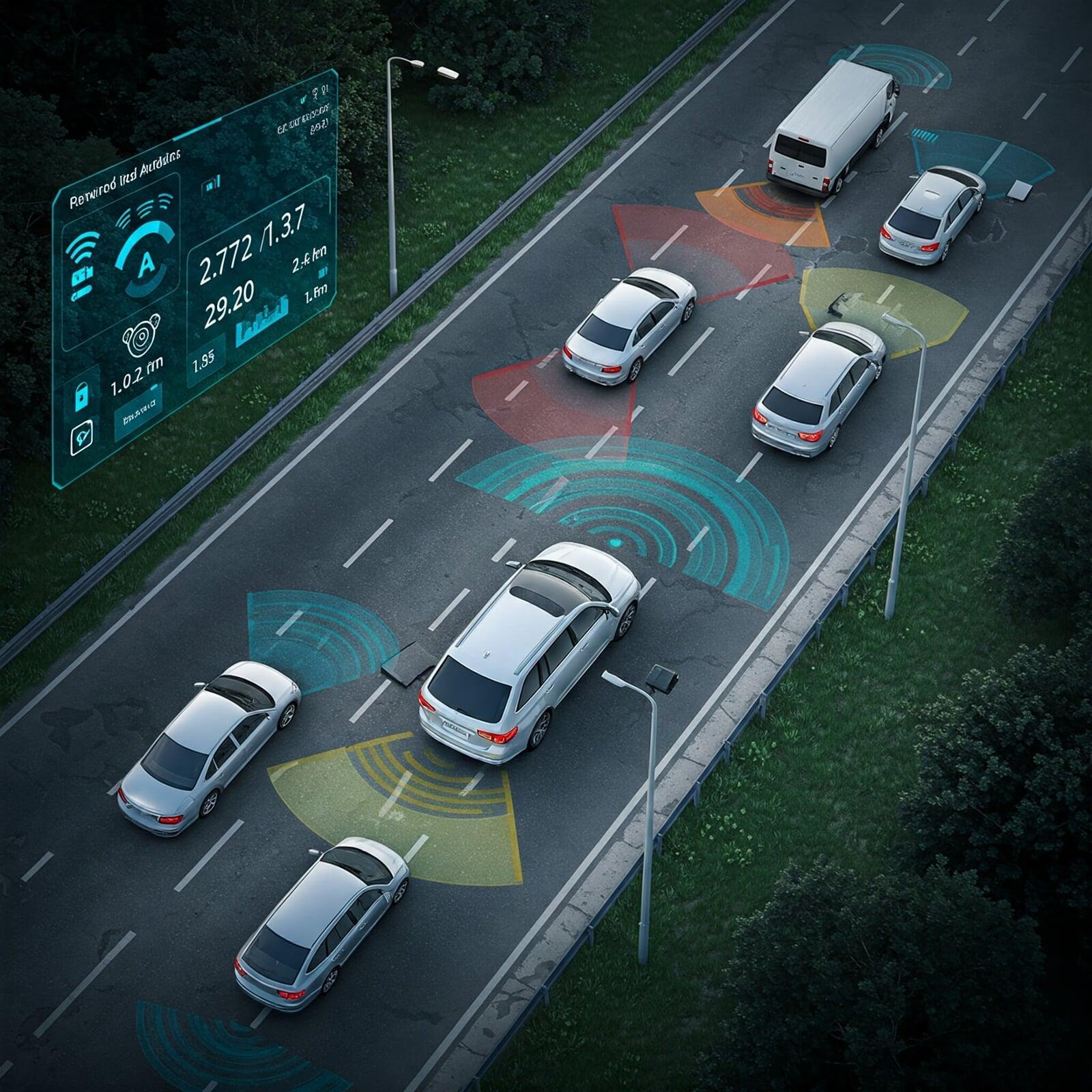
Vehicle detection module is an important application within most of the driver assistance systems. This paper presents a real-time vision based method for detecting vehicles in both rear and forward collision warning systems. The system setup consists of a pair of cameras mounted on each lateral mirror for monitoring rear collisions, whereas camera for forward monitoring is placed on the dashboard. The proposed algorithm selects ROI based on the road lane marking. Two separate modules are functional, one for detecting vehicles in the forward path and other for passing-by vehicles. Profiling and edge detection techniques are used to localize forward path objects. The passing vehicles are detected by temporal differencing. The detected vehicles are tracked in the subsequent frames using mean-shift based tracking. Experiments performed on different road scenarios shows that the proposed method is robust and has a real-time performance.
The research presents a novel method for detecting interest points in videos that are localized in the temporal dimension. This approach is valuable for complex video tasks like action recognition and retrieval. Unlike older methods that use temporal gradients like spatial gradients, their innovation is based on a holistic trajectory analysis.
The system uses variational optical flow. to track points and generate long trajectories. A key AI/ML-related aspect is the application of the Ramer-Douglas-Peucker (RDP) algorithm, a curve simplification tool, to these filtered trajectories. This use of RDP is central to extracting key points localized in the temporal dimension, based on the idea of breaking actions into "key moments".
The research shows that their method's detected interest points have high repeatability under transformations like scaling and compression when compared to other popular methods such as Dollar's space time features and n-sift. The innovation lies in the creative combination and application of techniques like Optical Flow and the RDP algorithm for this specific temporal localization task
Finding Key Moments in Videos by Tracking Movement
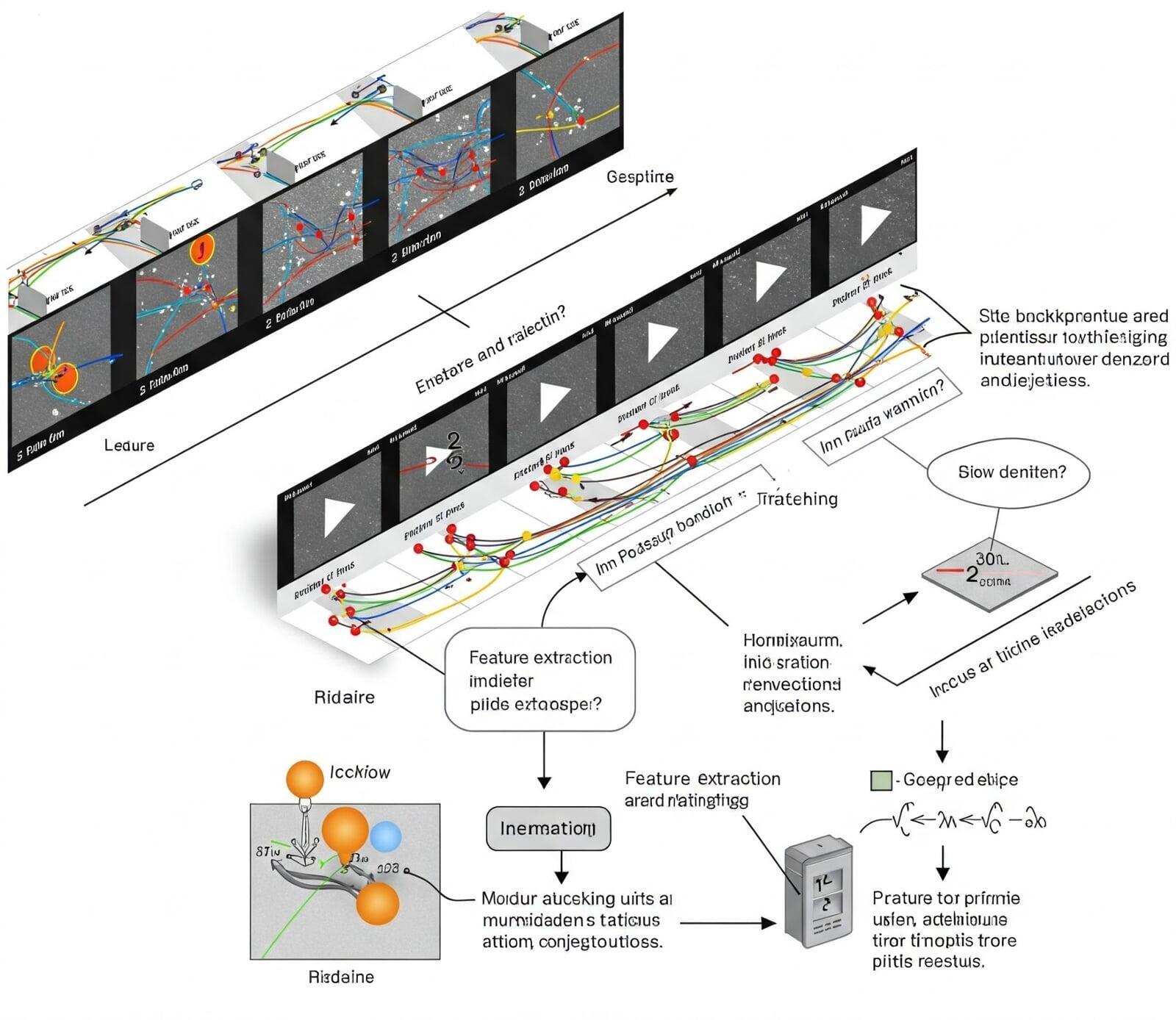
Human action recognition in complex videos struggles due to action variations and ineffective handling of space and time. This work introduces a novel AI/ML approach focusing on differential motion. Key innovations include:
1. Curl of optical flow for interest point (IP) detection: Identifying IPs based on relative motion boundaries.
2. Temporally localized IPs: Discarding trajectory points without motion change, focusing on relevant temporal segments.
3. Spatio-temporal IP arrangement: Representing actions by the relative positioning of these key IPs, avoiding local descriptors.
This method creates a compact, information-rich representation, significantly outperforming existing techniques on both complex (UCF YouTube) and simple (KTH) action datasets.
Recognizing human actions in videos is hard, especially in messy, real-world scenes. Current AI often fails because it doesn't properly understand movement over time. This research suggests a new way:
1. Find key moving points: Look for areas with distinct relative motion.
2. Focus on motion changes: Only keep track of points that show actual changes in how something is moving.
3. Describe actions by how these points move together: Instead of just looking at individual points, see how they're arranged and move relative to each other in space and time.
This method creates a concise and informative way to represent actions and works much better on both complicated and simple video datasets.
Action recognition using interest points capturing differential motion information
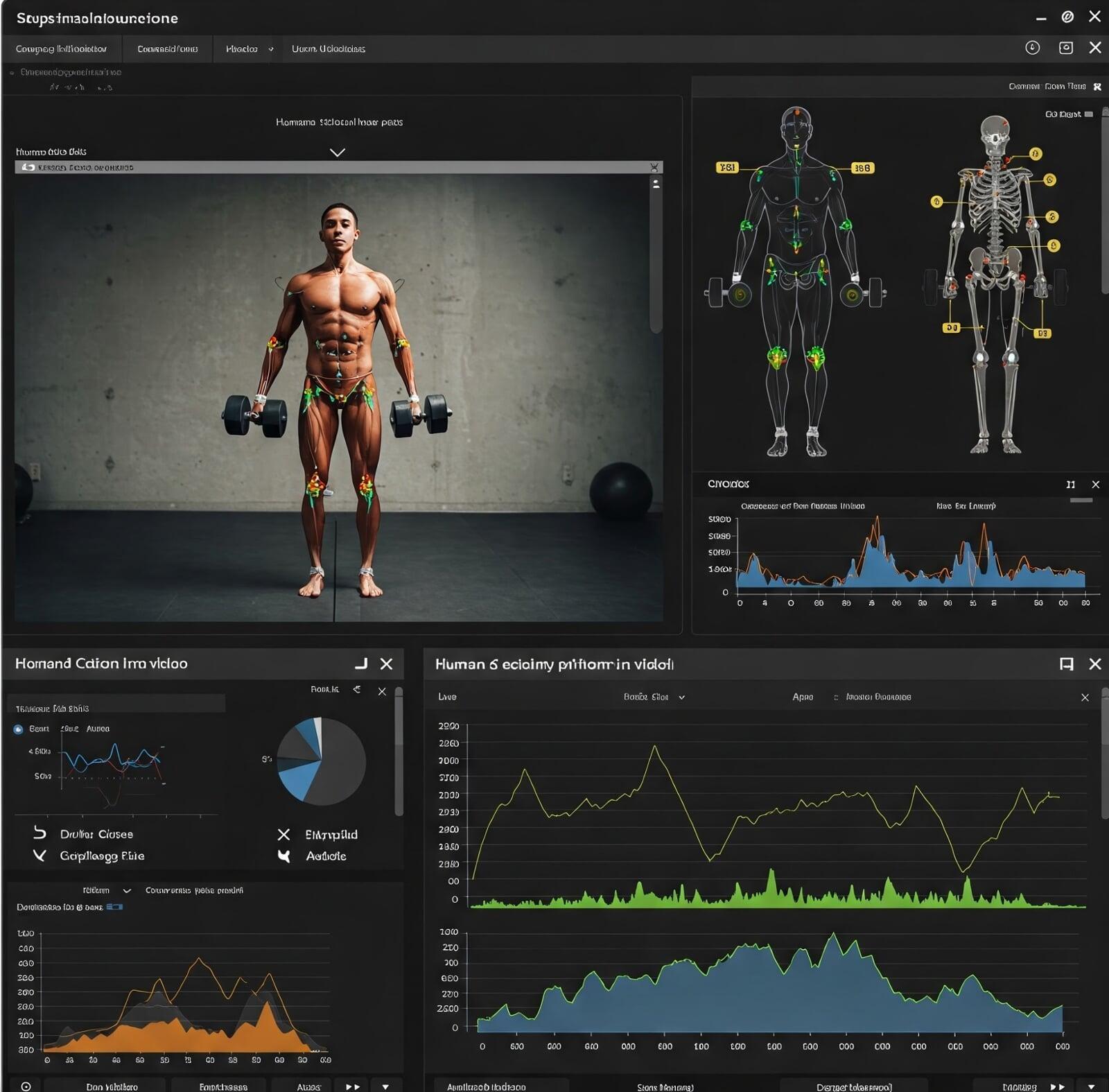
And Many More research & patents..

We’d love to hear from you! Whether you have questions, feedback, or want to explore collaboration opportunities, feel free to reach out.
Email:contact@aheadofcurveai.in
Phone: +91 70653 00950
Or simply click below — we’ll get back to you as soon as possible!

